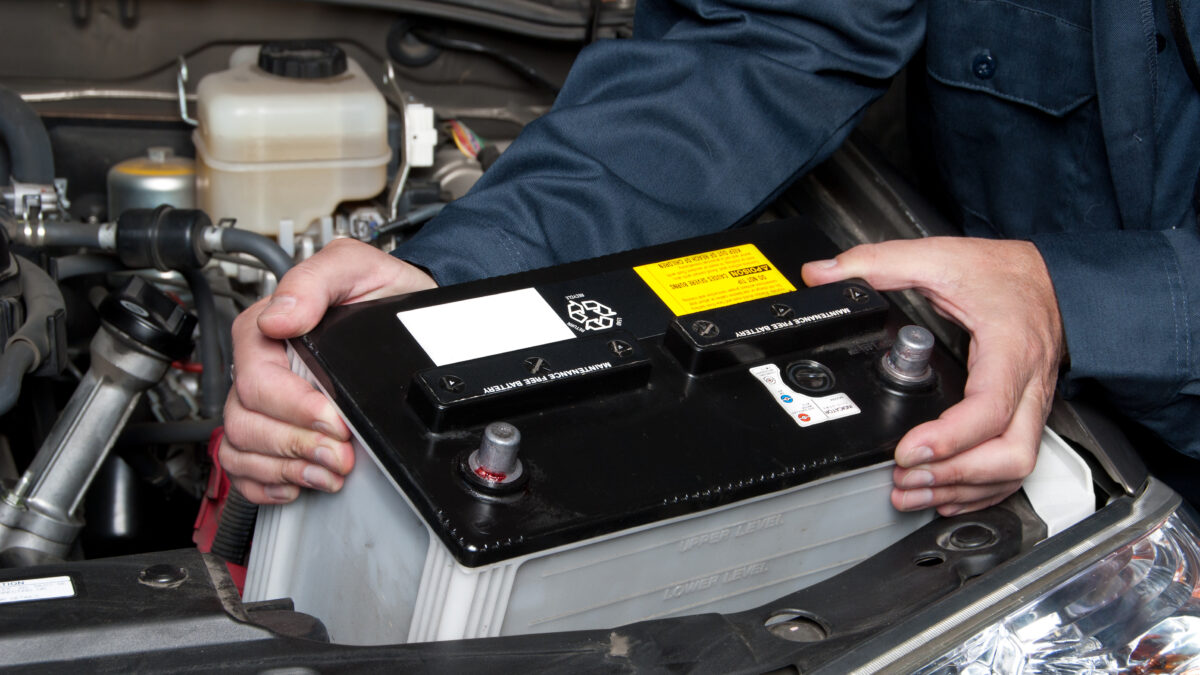- Mon - Fri: 7:30am - 5:30pm
- 613-836-6136
- stittsvilleauto@gmail.com
Spring Battery Maintenance: Essential Steps for a Reliable Ride

Hit the Road with Confidence: Preparing Your Vehicle for Spring Travel
April 8, 2024
Spring is Here: Time to Change Your Winter Tires
April 8, 2024As winter makes its exit and spring arrives, it's time to shift our focus from cold-weather car care to preparing our vehicles for warmer temperatures and longer drives. One crucial aspect of spring maintenance that often goes overlooked is the care of our car batteries. A well-maintained battery ensures reliable starts, smooth operation, and uninterrupted journeys during the springtime adventures ahead. In this post, we'll discuss the essential steps for spring battery maintenance to keep you rolling smoothly on the road.
Visual Inspection:
Start by visually inspecting your car battery for any signs of damage, corrosion, or leaks. Look for cracks in the battery casing, corroded terminals, or loose connections. If you notice any issues, such as white or blue-green powdery residue on the terminals, it's essential to address them promptly to prevent electrical problems and ensure proper battery function.
Clean the Terminals:
Corrosion buildup on battery terminals can impede the flow of electricity and lead to starting issues. To clean the terminals, disconnect the battery cables (always disconnect the negative cable first), and use a wire brush or battery terminal cleaner to remove any corrosion. Apply a mixture of baking soda and water to neutralize the acid, then rinse with clean water and dry thoroughly before reconnecting the cables.
Test the Battery:
Perform a battery load test to assess its overall health and capacity. You can use a multimeter or take your vehicle to a local auto parts store or mechanic for testing. A load test will measure the battery's ability to hold a charge under load, providing valuable insights into its condition. If the battery fails the test or is more than three years old, consider replacing it to avoid unexpected breakdowns.
Check Fluid Levels:
If you have a conventional lead-acid battery with removable caps, check the electrolyte levels and add distilled water if necessary. Ensure that the plates are adequately submerged to prevent damage and maintain proper battery function. However, many modern maintenance-free batteries do not require this step, so consult your vehicle's manual or a professional if you're unsure.
Secure the Battery:
Ensure that your battery is securely mounted in its tray to prevent excessive movement while driving. Vibrations and bumps can cause damage to the battery and its connections over time. Check the battery hold-down clamp or bracket and tighten it if necessary to keep the battery firmly in place.
Keep It Charged:
During the colder months, your battery may have experienced discharge due to increased demand from accessories like heaters and lights. To ensure your battery is fully charged and ready for spring, consider using a battery maintainer or trickle charger to top it up. Alternatively, take your vehicle for longer drives to allow the alternator to recharge the battery fully.
Spring battery maintenance is essential for ensuring reliable performance and peace of mind on the road. By following these essential steps, including visual inspection, terminal cleaning, load testing, fluid level checks, securing the battery, and keeping it charged, you can ensure that your battery is ready to power your springtime adventures. Remember to address any issues promptly and consider replacing an old or failing battery to avoid unexpected breakdowns and enjoy a worry-free driving experience this spring. Need a new Battery? Give us a call here at Stittsville Automotive today.



